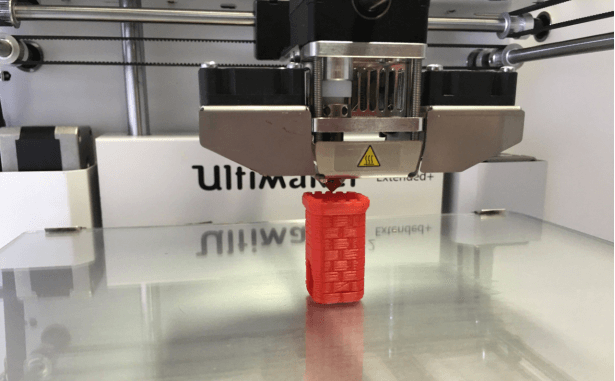As with many technologies, 3D printing has slowly evolved from being seen as an engineering tool to what virtually every sector can benefit from. Although the tech itself is not exactly new, getting a 3D printer wasn’t something many considered because of the cost of procuring one.
However, as time went on, and more people began to embrace it, the demand for it rose, supply naturally increased, and the cost became more affordable. If you are looking to get your own machine, but you’re not quite sure how to go about it, the guide below is for you.
Budget
The diversity in the 3D printer market these days also covers the price. Getting a good one does not necessarily have to tear your pocket – although some might. Once you’ve decided how much you are willing to spend, the rest of your specifications can now follow.
Intended use
What you plan to use your 3D printer for will influence your expectations of the machine. Do you have specific types of material in mind? Does the texture and durability of the printed product matter to you? Are you going to be creating precise prototypes with it? These are questions you need to ask yourself before making your final decision.
Software
The process of manufacturing with 3D printers is digital. Hence these machines require operating information just like computers do. The software that typically comes with each printer is called the slicer, but their capabilities vary. Considering the degree of automation your intended application would require will help make a better informed decision.
Print Capacity
There is a limit to everything, and this includes even the best of 3D printers. Each machine has a maximum volume of print it can produce at a given time. This limitation is determined by a number of factors, including individual dimension and print bed size. Determine the capacity of print you require before making your purchase.
Speed and print quality
In 3D printing, the speed and quality of print tend to go hand-in-hand. If you are on a tight budget, you may want to consider what’s more important to you between high-quality prints and quick ones. The general idea behind how these machines work is that thicker layers are faster to print than thinner ones, but the latter is better in terms of quality.
While some basic 3D printers may make the decision for you, the best ones offer an array of speed and quality settings. So once again, the ball is in your court.
Materials
It is imperative to note the kind of material the printer you are about to buy is equipped to use when printing. While some are capable of using a variety of materials, others, not so much. As a matter of fact, some machines are designed to only make use of materials approved by the parent company. This may not necessarily be a bad thing, but it is noteworthy.
Final thought
This best 3D printer guide aims to influence your decision and make the buying process as stress-free as possible.
